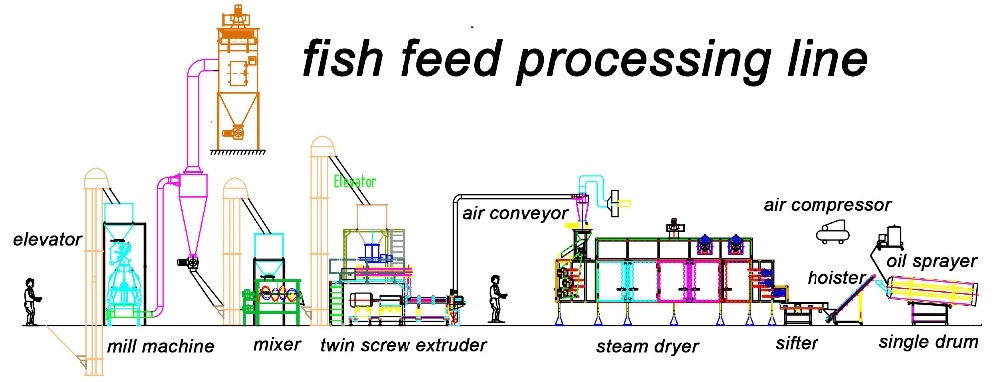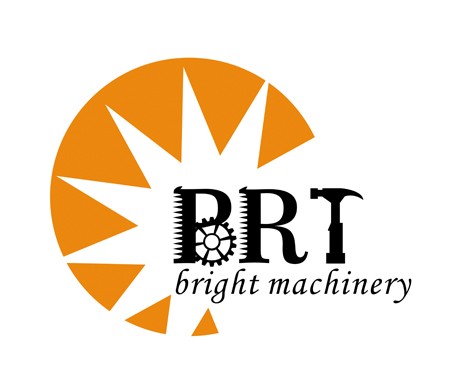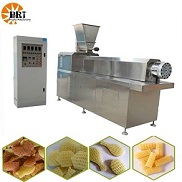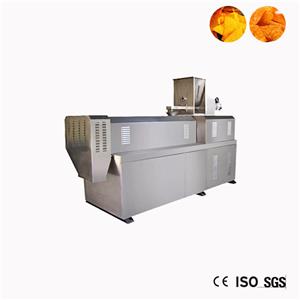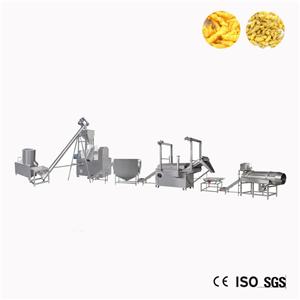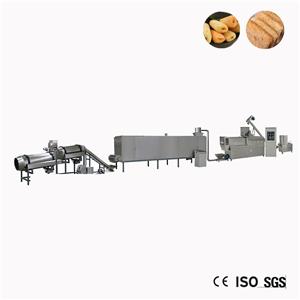Introduction of twin-screw extruder
Introduction of twin-screw extruder
Introduction:
Twin-screw extruder is one of the multi-screw extruders, which is developed on the basis of single-screw extruder. In the barrel of the twin-screw extruder, two screws are placed side by side, so it is called twin-screw extruder.
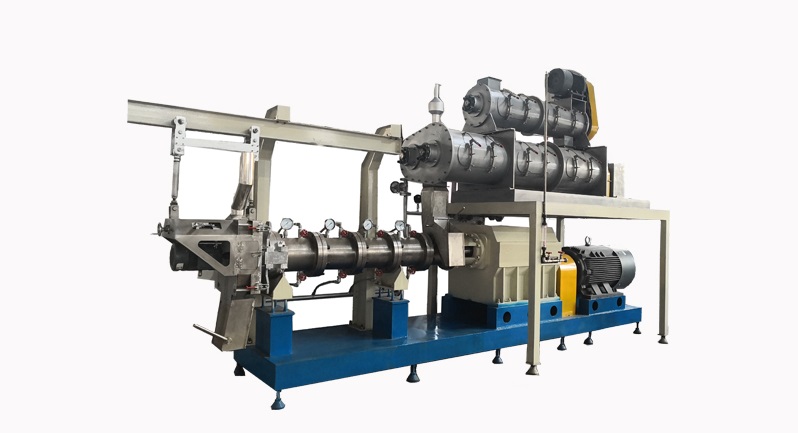
Classification:
According to the relative position of the screw, it can be divided into meshing type and non-meshing type. The meshing type can also be divided into partial meshing type and full meshing type; According to the rotation direction of the screw, it can be divided into two types: the same rotation and the reverse rotation, and the reverse rotation can be divided into two types: inward and outward.
The properties of the pressure zone of the co-rotating twin screw are different. The material in the sleeve cavity is rotated by the screw, resulting in a high pressure zone and a low pressure zone. It is obvious that the material will flow from the high pressure zone to the low pressure zone in two directions: first, the wear of the square screw will be reduced as the screw rotates. In this way, the material will be matured under the action of high temperature and high pressure after being transported, sheared, mixed and heated by the barrel shell, and finally squeezed out of the barrel.
The counter-rotating twin-screw extruder generally uses two screws with the same size but opposite thread direction. The difference between inward rotation and outward rotation is that the position of the pressure zone is different. The pressure generated by the inward rotation of the twin screw is high at the top and low at the bottom. When the material passes through the twin screw, it will generate extremely high pressure at the inlet, causing feeding difficulties. This inward reverse rotation type is rarely used; The pressure generated by the outward rotation of the twin screw is high and low, which is conducive to feeding.
However, compared with the same direction rotation, the C-shaped material flow formed by the material in the screw can not move from one screw to another, the mixing degree of the material is significantly reduced, and its self-cleaning ability is not as effective and stable as the same direction rotation twin screw.


Characteristic function:
The twin-screw extruder has the advantages of strong adaptability, sliding conveying and self-cleaning, but its structure is complex, the investment cost is high, and the corresponding maintenance and operation costs are also high.
Therefore, twin-screw extruder is generally used in the production of aquatic products and pet feed with high added value, such as eel, turtle and juvenile fish feed, because the price of these products sold on the market is enough to repay the cost of manufacturing products with twin-screw technology; In addition, some special aquatic feeds, such as particulate aquatic feed (0.8~1.5mm in diameter), high-fat aquatic feed and feed with small production but constant formula, also need to be produced by twin-screw extruder.
The development of twin-screw extruders is relatively late in China. For medium-sized and above twin-screw extruders, the screw speed needs to be adjusted in a large range due to the large range of changes in raw material characteristics. Because its working principle is different from that of single-screw extruders, there are great differences in the specific structure, especially the complex layout of barrel, screw, thrust bearing and gear box, which increases the equipment cost.
The left and right C-shaped material flows are formed along the inner wall of the sleeve, which is the mainstream of the material; The other is to form counter-current through the clearance of the screw engagement part. The cause of countercurrent is that the left screw pulls the material into the meshing gap, while the right screw pulls the material out of the gap, resulting in the material moving forward in an "∞" shape and changing the direction of material flow. This is not only conducive to the mixing and homogenization of materials, but also causes grinding (i.e. shearing) and rolling between the teeth of the screw, resulting in the rolling effect, which is much smaller than the reverse screw rolling effect.
